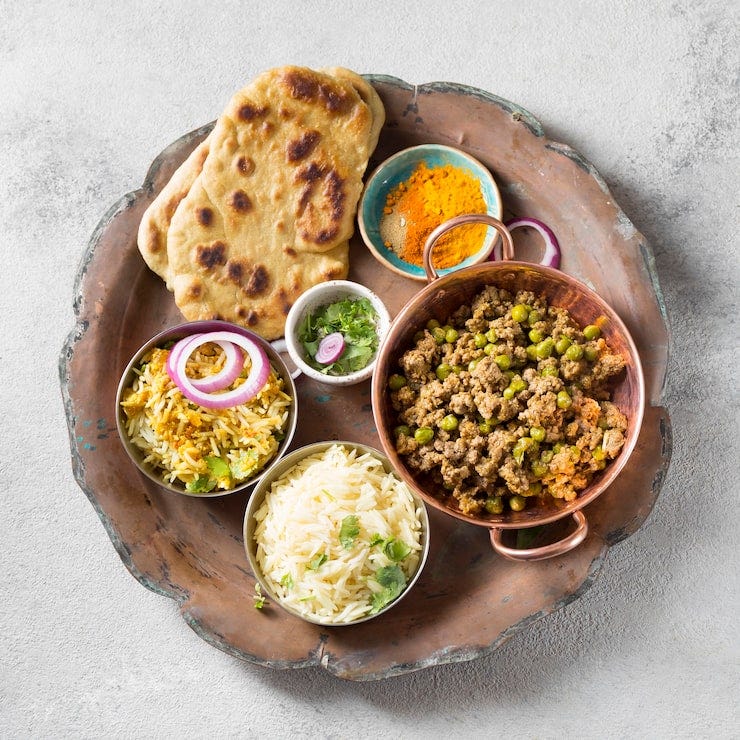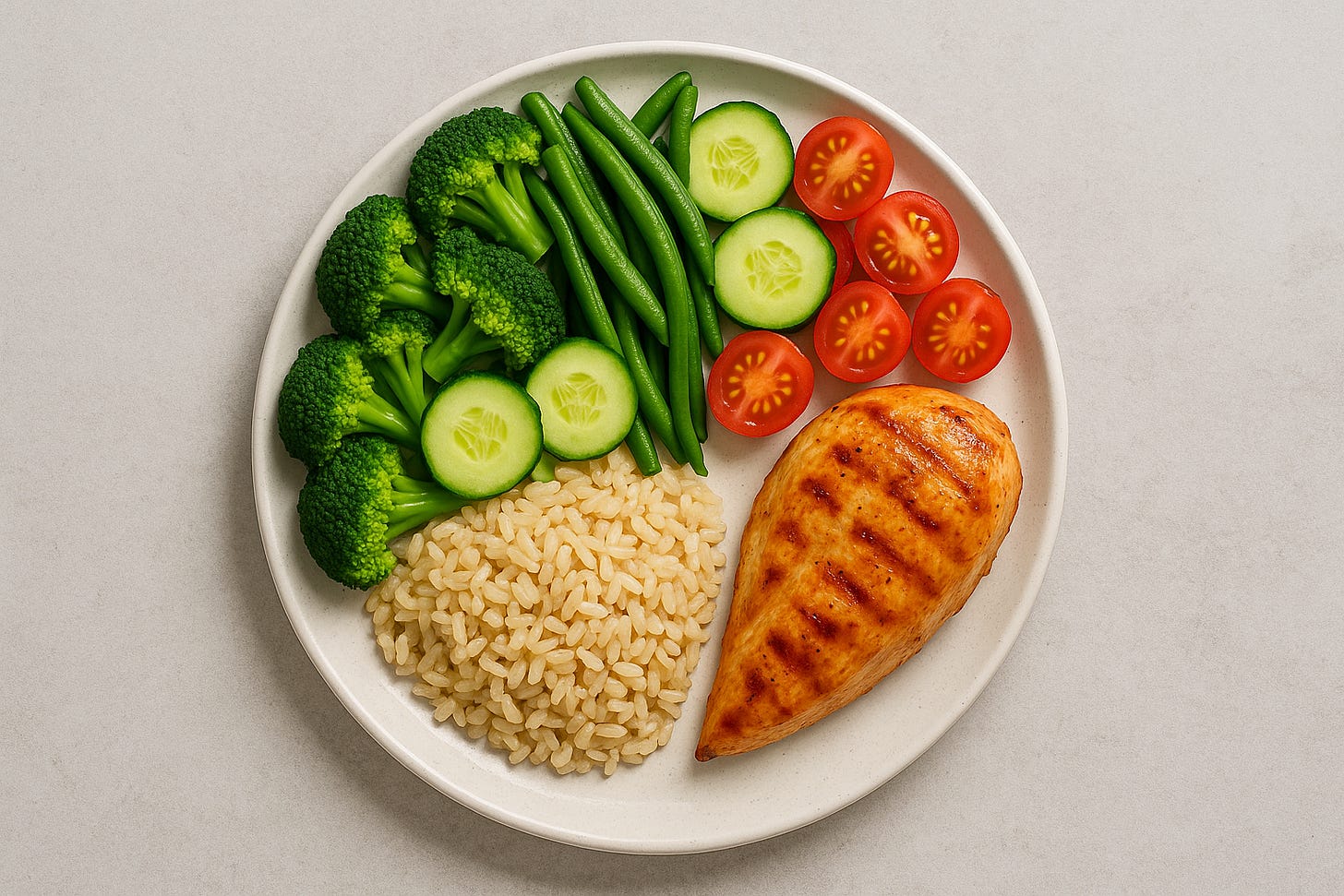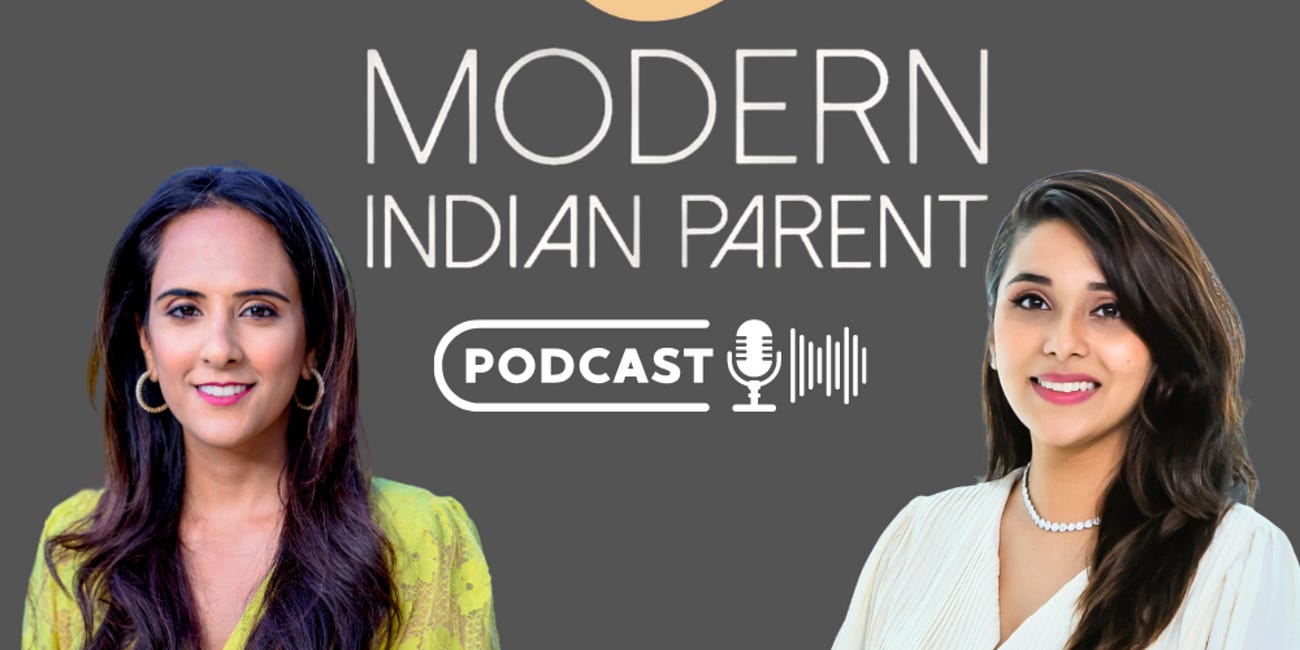Motherhood changes everything—from routines and responsibilities to our own bodies. In this final episode of the Mom Bod series on the Modern Indian Parent Podcast, host Rinie Gupta talks about the struggles moms face with postpartum weight. She opens up about her own journey of gaining 25 kilos during pregnancy and the long, frustrating process of trying to lose it.
To bring clarity to this sensitive topic, she invites Nathan Johnson, founder of Autonomy, who specializes in helping South Asians achieve fat loss and build healthy, sustainable lifestyles without crash diets or abandoning Indian food.
Guest Intro: Nathan Johnson
Nathan has spent seven years working closely with South Asian communities to help them build healthier generations. Though not Indian himself, he has become deeply connected to the culture, understanding how traditions, family expectations, and food habits influence health.
His approach combines behavior science with cultural awareness, making his strategies realistic for busy moms who want fat loss without giving up the foods they love.
Can You Lose Weight While Eating Indian Food?
When people think of weight loss, images of salads and grilled chicken dominate. But in Indian kitchens, staples like dal, roti, sabzi, dosa, and rice are the norm.
Nathan makes it clear: you absolutely can lose weight while eating Indian food. It’s not the cuisine but the calories and portions that matter. The key is awareness and understanding how much you eat and how it’s prepared.
Adapting the Standard Indian Diet & Mindset for Weight Loss
Food in Indian culture is tied to love, respect, and family bonding. Plates are filled to the brim, and refusing food can feel disrespectful. This makes moderation difficult.
Nathan suggests shifting perception rather than eliminating foods. For example:
If you usually eat 3–4 rotis, try 2.
Learn portion sizes instead of eating until stuffed.
Remember that nourishment, not indulgence, is the goal.
He also notes that while traditional meals are wholesome, they can fall short in building long-term muscle and strength, which is crucial for women’s health in their 40s and beyond.
How Much Protein Do We Really Need & What Are the Best Sources of Protein for Indians?
Protein is where the Indian diet struggles most. While dals and beans are nutritious, they don’t provide enough of the amino acid leucine, essential for muscle growth and retention.
Nathan recommends a simple rule:
1 gram of protein per pound of body weight.
For a 60 kg woman (~132 lbs), that’s around 130 g protein daily.
Better protein sources include:
Vegetarians: Dairy, soy, tofu, tempeh.
Non-vegetarians: Chicken, eggs, fish.
Even adding larger portions of yogurt or paneer can make a significant difference.
Whey Protein—Necessary and Safe?
Many moms hesitate to use whey protein, fearing it’s “processed” or unsafe postpartum. Nathan reassures that whey is essentially filtered milk, similar to what’s left behind when making paneer.
High-quality whey powders provide a convenient, low-calorie, high-protein option, especially for moms who don’t want to cook separate meals. It’s safe, effective, and can help fill protein gaps easily.
The One-Plate Rule (Protein, Carbs, Veggies)
Nathan introduces the One-Plate Rule, a practical framework for portion control:
Half plate: Vegetables
One quarter: Protein
One quarter: Carbohydrates
This rebalances the typical Indian plate (where carbs often dominate), ensuring calorie control and nutrient balance without needing to cook separately.
He also clarifies that whether you use ghee or oil, the focus should be on how much you consume, not which fat source is “better.”
Is It Necessary to Cut Sugar?
Postpartum moms are often given sugary foods like panjiri or saunth ke laddu for recovery. While sugar isn’t inherently “bad,” the quantity matters. One laddu occasionally is fine; multiple servings daily add up quickly.
Nathan emphasizes awareness over elimination. Instead of demonizing sugar, track intake and moderate portions.
Easiest Ways to Track Calories
Just like managing money, managing food requires budgeting. Most people underestimate their intake. Nathan recommends three levels of tracking:
Simple food log (Notes app) – Write everything you eat.
Apps like MyFitnessPal – For precise calorie tracking (requires weighing).
AI photo trackers – Convenient, but less accurate for mixed Indian dishes.
The goal is not perfection but awareness, especially on weekends and festive days, when overeating is most common.
Is Exercise Required for Fat Loss?
The truth: You can lose fat without exercise but you’ll lose muscle too. For overall health, exercise matters.
If you’re starting out, focus on:
Prioritizing diet and calorie control.
Adding daily walking (around 10,000 steps).
Exercise enhances results, preserves muscle, and builds long-term strength, but fat loss is still possible without it.
Weight Training Fears: Injury & “the Guy Area”
Weight training often intimidates moms—either due to fear of injury or discomfort in male-dominated gym spaces. Nathan’s advice:
Invest in instruction – Even short-term coaching can teach correct form and prevent injury.
Exposure therapy – Confidence grows the more you practice.
Home alternatives – If the gym feels intimidating, use dumbbells and resistance bands at home.
Weight training isn’t about “bulking up.” It’s about staying strong enough to lift your kids, prevent back pain, and age well.
Home Workouts for Busy Moms (Bands, Dumbbells, Mat)
For moms who can’t spare hours commuting to the gym, home workouts are an excellent alternative. With just a mat, resistance bands, and dumbbells, you can achieve great results in 20–30 minutes.
Consistency and proper form matter more than equipment. Even bodyweight movements like squats, push-ups, and planks can be highly effective.
Beginner Weekly Plan (3–4 Full-Body Sessions)
Nathan recommends 3–4 full-body sessions per week, paired with walking on other days. Sample exercises include:
Squats and lunges
Push-ups or knee push-ups
Planks and sit-ups
Resistance band rows or presses
Each session can be just 20–30 minutes. The focus should be on progression: gradually lifting heavier, holding longer, or adding more reps.
How Autonomy Supports Nutrition + Training
Autonomy’s coaching program offers a three-pillar approach:
Nutrition plans tailored to family kitchens and cultural dynamics.
Accountability through daily check-ins and weekly reviews.
Customized training programs for home or gym, depending on lifestyle.
This high-touch model helps clients not just access information but actually transform their habits and health.
Outro & Next Steps
As Rinie wraps up, she highlights that most moms don’t lack information—they lack guidance, accountability, and sustainable strategies.
Nathan’s practical advice, from the One-Plate Rule to protein goals, calorie tracking, and beginner workouts, makes postpartum fat loss approachable without extreme diets.
For moms, the journey isn’t about “snapping back” but about building strength, health, and confidence for themselves and their families.
68. Postpartum Weight Loss & Fat Loss
Struggling with postpartum weight loss? In this episode of the Modern Indian Parent Podcast, we dive deep into fat loss, nutrition, and exercise for new moms. Host Reeni Gupta is joined by world-renowned fitness expert Nathan Johnson, who has helped thousands of South Asian women transform their health without crash diets or giving up traditional foods …







